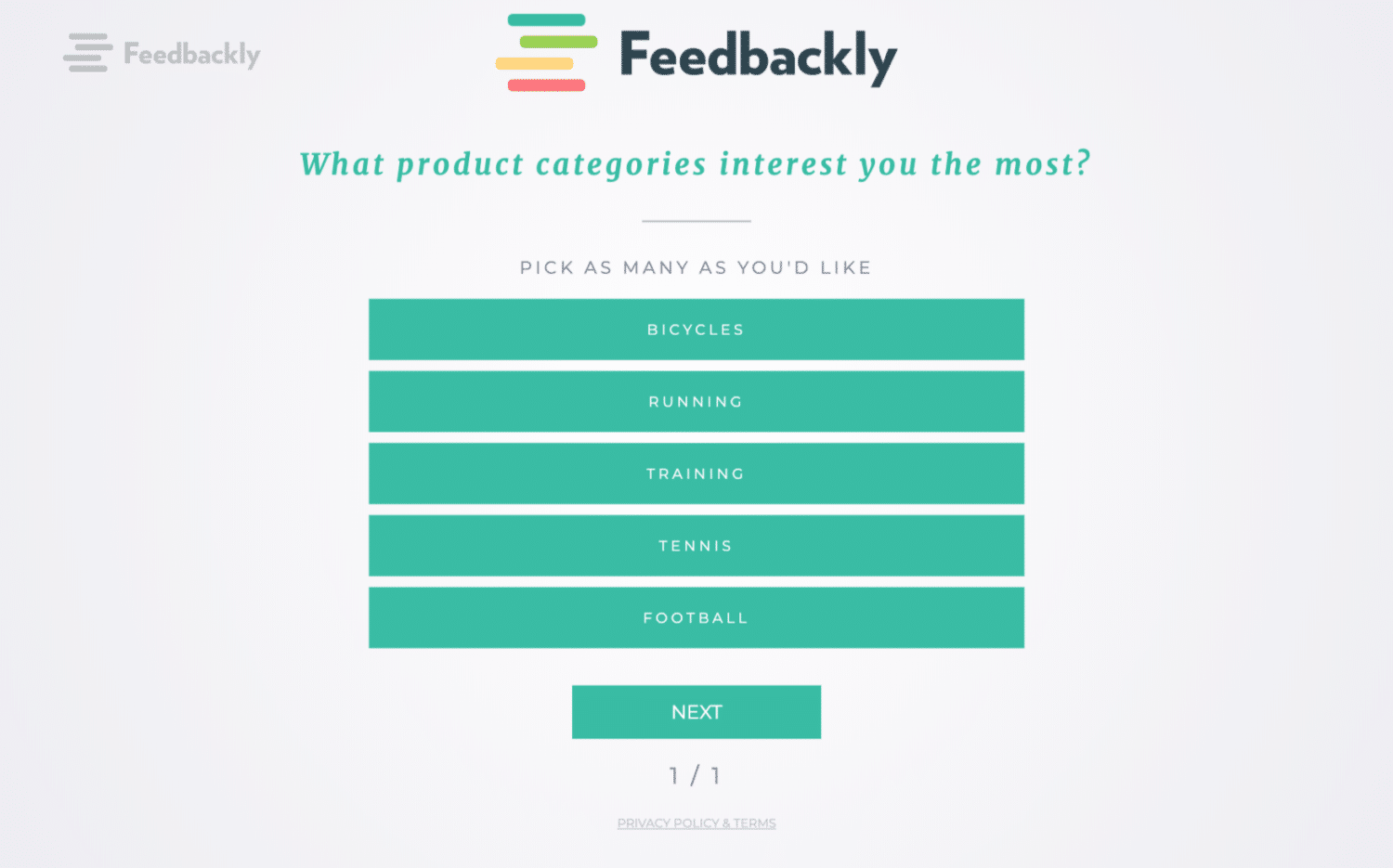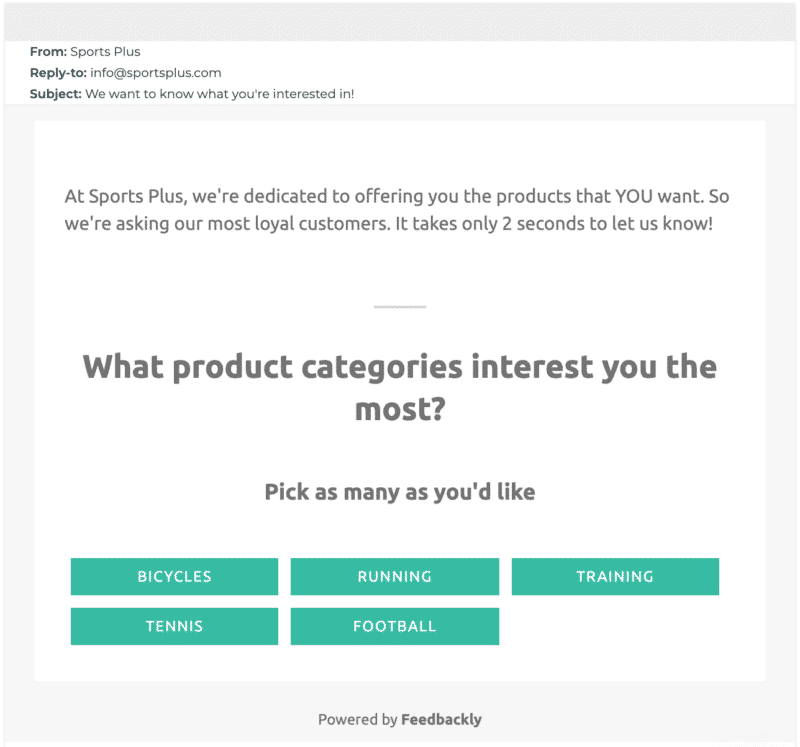The world is going through an unprecedented and rapid change due to Coronavirus (COVID-19). Businesses are being forced to take extreme measure in order to stay afloat – and the retail industry is being disproportionately affected.
During times like these, it is easy to let the panic take over and call an end to programs that are crucial to your business, but considered extraneous during hard times. Customer experience measurement is increasingly being regarded as a pillar of business development.
However, we have seen some businesses neglect customer experience in the short term in an effort to focus their resources on revenue-driving activities. As it turns out, your CX strategy is a revenue-driving activity!
CX for the Long-Term
Focusing on CX is a long-term strategy, the benefits of which are often more difficult to measure than other traditional sales activities. But your CX strategy should be considered a multi-pronged attack.
On one side, you have ‘feeling’ measurement (CSAT, CES, and NPS). This is where you get your customer insight. It’s also where you show your customer that you care – thus improving your perceived brand image.
On the other side, you have upselling. You can easily turn your customer feedback into sales if you have the right system in place. Say you are collecting feedback on your web store, and you have a survey that appears for users who purchase an item.
“Were you happy with our product selection?”
For those people who answer positively, that’s great. They are more likely to become loyal customers. However for those people who answer negatively, why not try to offer them a discount on their next purchase? You can set an automated message to say:
“Sorry to hear that you didn’t find exactly what you were looking for! Here’s a promo code for 10% off your next purchase”.
And just like that, you can convert unhappy customers, make them happy, and potentially turn them into loyal customers. You will not be able to convert them all, but from our own customers, we’ve seen that around 20-40% of unhappy customers can be made happy with an upsell offer.
CX for the Short-Term
The COVID-19 pandemic is causing people to make decisions without reliable data. Businesses are guilty of this as well. In the retail sector, supply chains are being disrupted by huge spikes in demand for certain products. Some retail stores are closing, leading to a pivot in strategy to ecommerce if possible. New revenue streams need to be identified and exploited for many small businesses to get through a period of short term sales decline.
All of this requires reliable data to make the right decisions. You need to know what your customers are feeling during this period, and the best way to find out is to ask. Traditionally, we would recommend putting a Feedback Terminal in your store, however during the COVID-19 pandemic, we want to minimize as much physical contact as possible to stop the spread of the virus.
Picture This…
You’re the owner of a small sports retail chain, and business has been booming. You have 3 physical locations in Germany and you just renovated 2 of the 3 stores last year. You were not ready for COVID-19, as you relied on your traditionally reliable revenue prediction models to calculate the time required to recoup your investment.
COVID-19 has caused you to shut down all 3 of your stores – the government says the shutdown will last 1 month, but in reality you have no idea when it will be over. You only have enough cash to pay your bills for just over a month. You need to sell your products, and you have an online store but you haven’t been focusing on optimizing it.
What Can You Do?
You need to generate revenue to stay afloat, so after cutting costs significantly, you should focus on your online sales. You have a blog that generates lots of traffic, and you have a list of around 10,000 customers on your email newsletter.
First, you can ask your blog visitors what product categories they are interested in.

Once you have the answer, say it’s football that your customers are most interested in, you can start writing more blog content about football. Remember that Football is what your blog readers are most interested in, you you need to start converting them with products they love most.
You could write 4-5 posts a week featuring new products – balls, boots, and other gear. Link them directly to your store and even try offering a discount code. This is a proven strategy in digital marketing: creating very specific marketing funnels for each target segment, and providing them with the content they are looking for every step of the way.
Now, your email list is comprised mostly of people who have purchased a product in your store. Using Feedbackly, you can import any email list and send a survey directly to them. The approach would be similar that of the blog readers above, but instead you would send a survey to their email.

The results are very different this time around. Your email list customers are interested in Tennis!
What’s next? In a similar way that you delivered relevant content to your blog readers, you’re going to do the same thing for your email list. You have a few options – using a tool like mailchimp to enroll your contacts into an email campaign is a good starting point. You know that these people are interested in tennis, so your email campaign should show off the products you offer in this category. Make sure there is a clear CTA (call to action) in every email so that you can get as many people to click through to your website as possible.
For general tips on creating a high-converting email campaign, check out this post by Neil Patel.
Resources
So now you have 2 high-traffic digital funnels, and you are driving traffic to your ecommerce store. You now need to convert these visitors. This is a huge topic in the ecommerce industry and it’s best suited for another post. For now, I’ve listed 3 resources below to help you get started improving your ecommerce conversions:
17 E-commerce Conversion Hacks That’ll Double Your Conversions
20 Reasons Your eCommerce Conversion Rate Is So Low
14 Advanced Tips on Increasing Your eCommerce Conversion Rate




